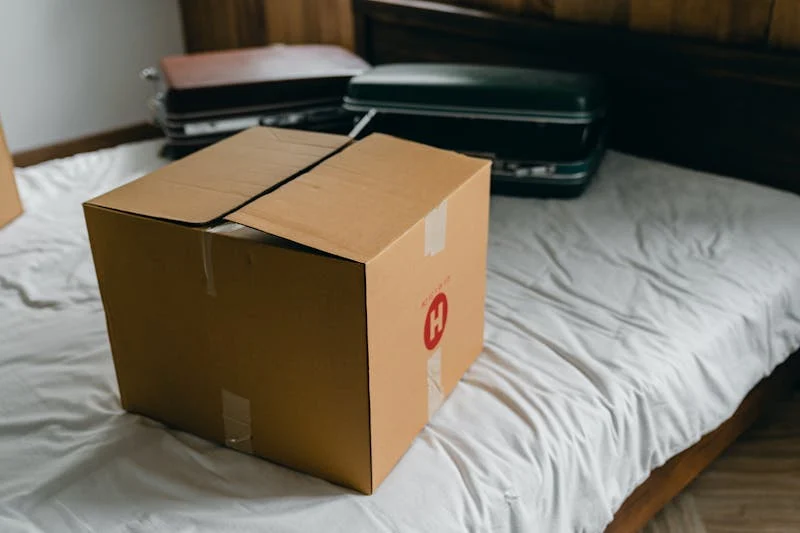Mastering Storage: The Ultimate Guide to Packing Clothing and Other Items
Greenwater Storage
March 25th, 2024

Whether you're transitioning between seasons, moving to a new home, or simply looking to declutter your space, proper packing for storage is essential to preserve the condition of your belongings. From clothing to delicate items, a strategic approach can make all the difference in ensuring they emerge from storage unscathed. In this comprehensive guide, we'll explore the best practices for packing clothing and other items to optimize space, maintain organization, and safeguard your possessions for the long haul.
1. Inventory and Categorize: Before diving into packing, take inventory of the items you plan to store. Sort them into categories such as clothing, accessories, linens, and fragile items. This step not only helps you assess the quantity of items but also aids in planning the packing process effectively.
2. Clean and Prepare: Ensure that all items slated for storage are thoroughly cleaned and dried. Washing clothing and linens removes dirt, stains, and odors that could worsen over time. For delicate items, consider gentle hand washing or dry cleaning. Additionally, make sure items are completely dry before packing to prevent mold or mildew growth.
3. Choose Appropriate Containers: Selecting the right containers is crucial for successful storage. Opt for sturdy, sealable boxes or plastic bins that provide protection against dust, moisture, and pests. Transparent containers offer the added benefit of easy identification of contents without the need to open them.
4. Utilize Space-Efficient Packing Techniques: Maximize space within each container by employing efficient packing techniques:
- Roll, Don't Fold: Roll clothing items like T-shirts, pants, and sweaters to save space and minimize wrinkles. This method also allows for better visibility and accessibility within the container.
- Vacuum-Seal Bags: Vacuum-sealed bags are ideal for compressing bulky items such as comforters, pillows, and seasonal clothing. These bags remove excess air, reducing the volume of items and optimizing storage space.
- Utilize Vertical Space: Make use of vertical space within containers by stacking folded clothing items or placing smaller items in gaps. Avoid overpacking containers to prevent damage to items and difficulty in retrieval.
5. Protect Fragile Items: For delicate or breakable items such as glassware, ceramics, or electronics, take extra precautions to prevent damage during storage:
- Wrap fragile items individually in bubble wrap, packing paper, or foam to cushion against impacts.
- Place fragile items in the center of the container, surrounded by soft materials like towels or clothing for added protection.
- Label containers containing fragile items clearly to ensure they are handled with care during transport and storage.
6. Label and Organize: Maintain order and ease of retrieval by labeling each container with its contents and destination room. Use durable labels or markers to clearly mark boxes, making it simple to locate specific items when needed. Consider creating an inventory list detailing the contents of each container for quick reference.
7. Consider Climate-Controlled Storage: If storing items for an extended period or in fluctuating climate conditions, consider renting a climate-controlled storage unit. These units regulate temperature and humidity levels, providing optimal conditions for preserving sensitive items such as clothing, furniture, and electronics.
Effective packing for storage requires careful planning, organization, and attention to detail. By following the best practices outlined in this guide, you can ensure that your clothing and other items remain in pristine condition throughout their time in storage. From proper cleaning and preparation to space-efficient packing techniques and careful labeling, these strategies will help safeguard your belongings and streamline the storage process, giving you peace of mind and easy access to your items whenever you need them.
Greenwater Storage’s Tips and Tricks
